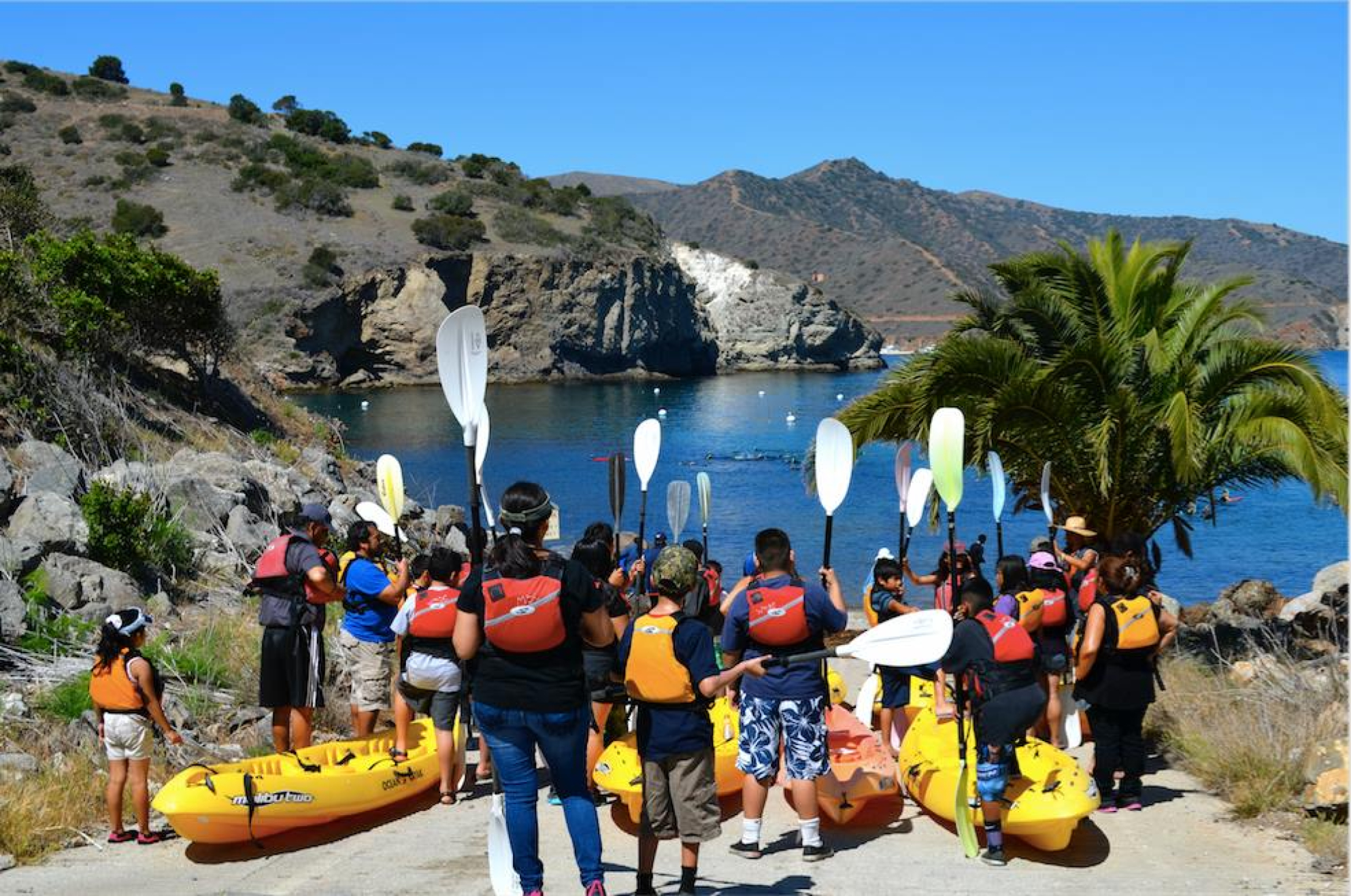Governor Newsom: Sign SB-433 to make coastal protection enforceable

By Marce Gutiérrez-Graudiņš
Imagine hiking in the Santa Monica Mountains one day. After taking in the spectacular ocean views and rounding a bend, you come across a property piping untreated sewage and greywater directly into an ocean-bound stream.
You’d probably wonder “That can’t be legal. There should be a law that protects this coastal stream and the LA beaches below.” You’d be right… to a point. Because while such abuse is illegal, the state’s leading agency for protecting the coast from harms like unpermitted development and water quality degradation doesn’t have the power to levy basic fines against violators. The result? Undeterred scofflaws can continue illegal activity like sewage dumping for years without fear of major consequence.
Thankfully, the legislature just passed Senate Bill (SB) 433, authored by Senator Ben Allen (D-Santa Monica), giving Governor Newsom an opportunity to close this destructive loophole.
Almost 50 years ago, California passed a landmark state law to protect lands, waters, and wildlife habitats along the state’s 1,200 miles of publicly owned coastline, and the public’s right to access and enjoy it. The 1976 Coastal Act represented the culmination of a statewide, grassroots response to an alarming trend in which developers—from everything from powerplants to luxury hotels—sought to wall-off the public from the coast for maximum private gain. The law established the Coastal Commission and put it in charge of ensuring that any proposed development in the Coastal Zone aligns with long term protection of the environment and preserves the public’s constitutional right of coastal access.
Unfortunately, the Coastal Act failed to give the Commission an effective enforcement tool available to nearly every other state agency—the power to levy fines against proven violators, a power known as administrative penalty authority. Instead, the Commission was required to work with the Attorney General to press litigation within state court, an expensive, time-consuming, and often ineffective process that prevented timely resolution of even the most egregious violations, such as bulldozing sensitive habitats and yes, piping sewage directly into coastal streams.
As the backlog of unresolved violations mounted, defiant developers and coastal property owners realized they could ignore Coastal Act provisions with little cost.
The result? Overwhelmed Coastal Commission enforcement staff came to face a backlog of more than 2,500 violations, such as habitat destruction and illegal fences and gates, cases that often went unresolved for years. In its 2008-2009 and 2011-2012 budget analyses, the Legislative Analyst’s Office—a leading watchdog for government efficiency—shone a spotlight on the dysfunction, noting that inadequate penalty authority “results in few fines and penalties issued by the commission due to the high cost of pursuing enforcement through the courts.” It recommended that the Legislature take action.
In 2014, the Legislature finally took a first step by granting the Coastal Commission administrative penalty authority to address public access violations. The impact was immediate. Within four years, Commission staff resolved 75 percent of the access violation backlog. Cases that previously took an average of three years to close now took three months, and the Commission collected $3.6 million in fines for a new fund dedicated to remediation and improvement of public access. The Commission also allayed fears that it would abuse its expanded enforcement authority; 96 out of 102 resolved violations were closed through collaboration with the violator, rather than assessment of a fine.
The Coastal Commission has proven that this authority makes it an effective champion for everyday Californians’ right to access the coast. But what good is public access, if the coast itself ends up degraded, polluted, and bereft of the wildlife we love and cherish?
SB 433 helps finish the job of Coastal Act reform. It will equip the Coastal Commission with the same enforcement authority it deploys effectively in service of public access, to ensure accountability and deterrence for violations of the Coastal Act’s environmental provisions. These protections for California’s coastal wetlands, water quality and wildlife aren’t just about good stewardship today, but help ensure we are mitigating and adapting to the impacts of sea level rise that will only worsen in the decades ahead.
SB 433 presents Governor Newsom the rare opportunity to dramatically improve government efficiency and environmental protection with a single stroke of the pen. For the coast we love, let’s hope he signs this bill right away.